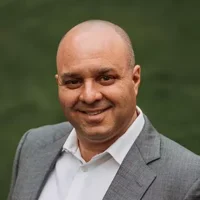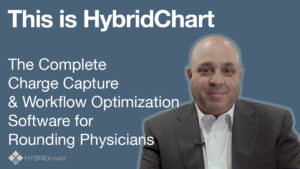According to data drawn from the AMA’s Physician Practice Benchmark Surveys, 47.1 percent of physicians are practice owners. The same percentage of physicians are employed, while 5.9 percent are independent contractors. (May 31, 2017)
Employed versus independent physician…the pendulum continues to swing and industry experts agree: this is worrisome and a very slippery slope.
For decades, doctors hung a shingle, opened a practice and treated patients independent of any facilities, consortiums or networks. But this image is fading as more doctors are entering medicine utilizing the employment model over owning a practice.
Why?
Obamacare, shrinking insurance reimbursements, the ever-changing regulatory requirements, Medicare and Medicaid cuts, the high cost to own and operate a practice are all contributing factors making it difficult to keep a practice afloat.
Obviously, independent providers take on far more financial risk than employed physicians whose risk rests with the employer. Owning a clinic and the investment required to set up, run and sustain a successful practice is daunting, especially with the likelihood of already having extensive educational debt.
But, the grass isn’t always greener.
The employed model threatens physician autonomy with the employer’s interest dictating the provision of care to the patient which is not appealing to most providers. The goal to provide high-quality yet cost-effective care to patients becomes driven by the employer and may not align with the provider(s). Additionally, this model cannot possibly be sustainable and is precisely why the pendulum swings every few years. Hospital systems cannot afford to employ every physician under the same pretenses of declining reimbursements, CMS cuts and the high cost of healthcare in general which begs the question of how long the employment model is sustainable?
And so, on the front lines of healthcare, even with the dramatic advances in the technology of medicine, physicians continued to find themselves stuck in the middle. They are torn between patients and paperwork for their time. They are caught in between payers and patient requests. And with their career, many want to remain dedicated to medicine while fighting against the forces that further divide their time and attention.
Regardless of where and how you practice medicine, one thing is for certain, you cannot afford to be wasting time or money which is why I created HybridChart for rounding providers. Never miss another charge while improving your bottom line by 8-12% per month AND get an hour back in your day with our workflow efficiency tool.
Dr. Gregory Sanders is a practicing Cardiologist and the CEO/Founder of HybridChart based in Scottsdale, Arizona. Visit HybridChart at www.hybridchart.com.
Less stress, more money through charge capture automation, and more time in your day.
At HybridChart, we provide technology that connects your healthcare team, increases efficiencies, AND improves your bottom line. HybridChart’s cloud-based software adapts to your practice’s unique workflow and will improve your profitability and patient outcomes by utilizing our 5 features: census management, charge capture, secure messaging, discharge management, and data analytics.
NEVER miss another charge and get PAID for the work you do!







